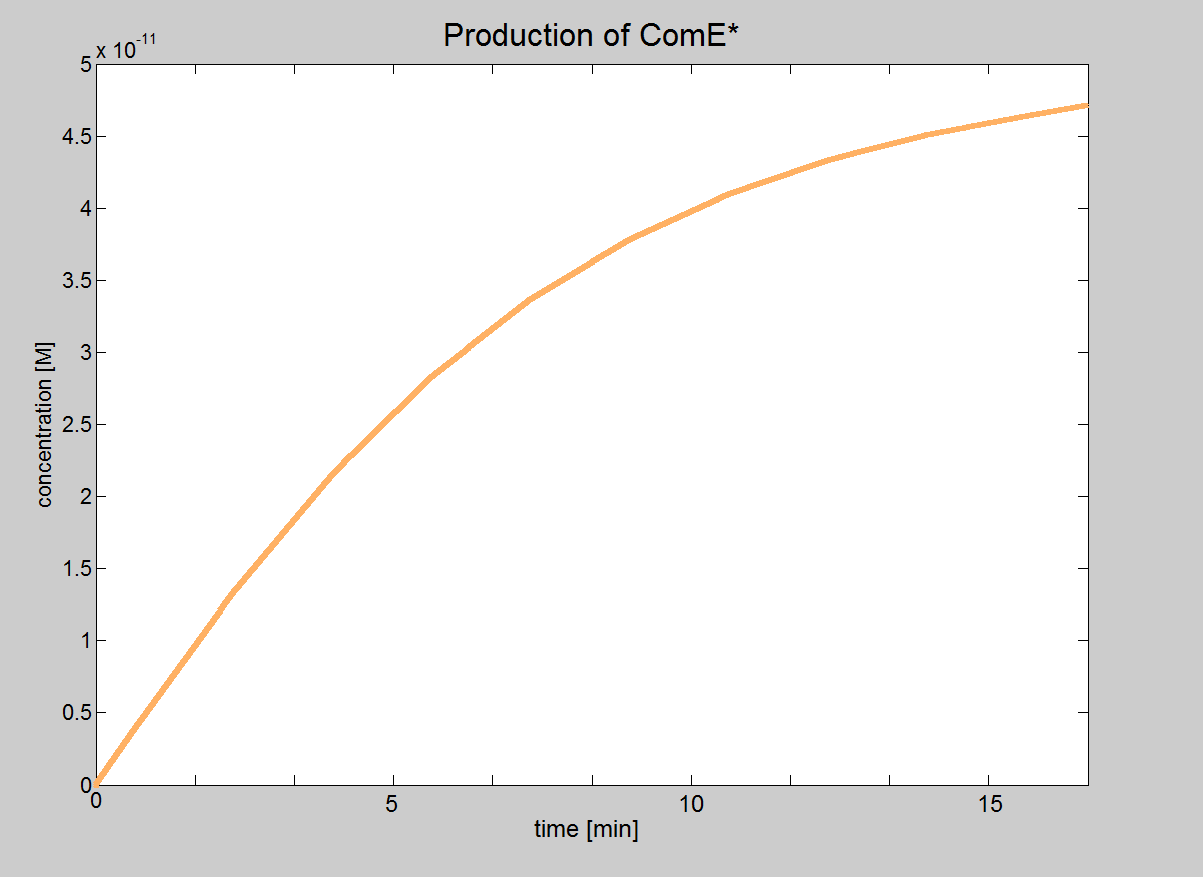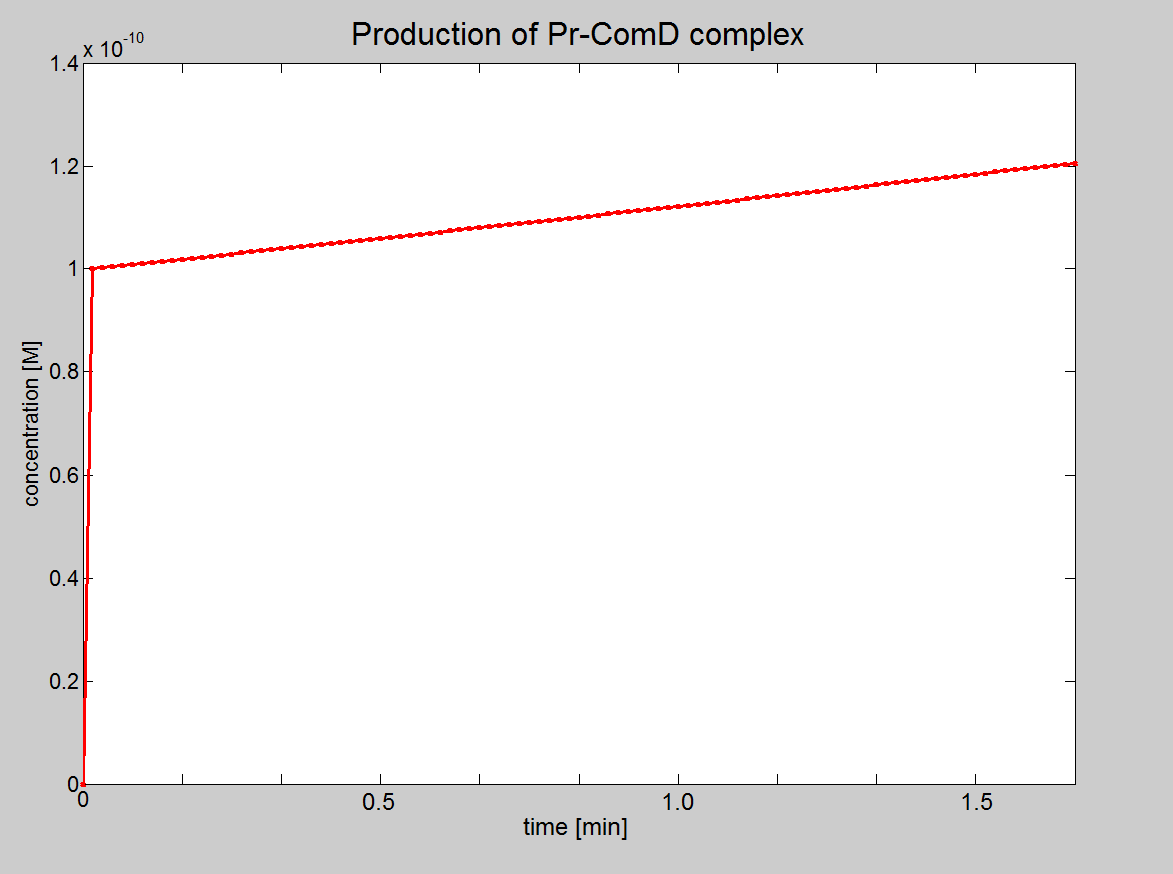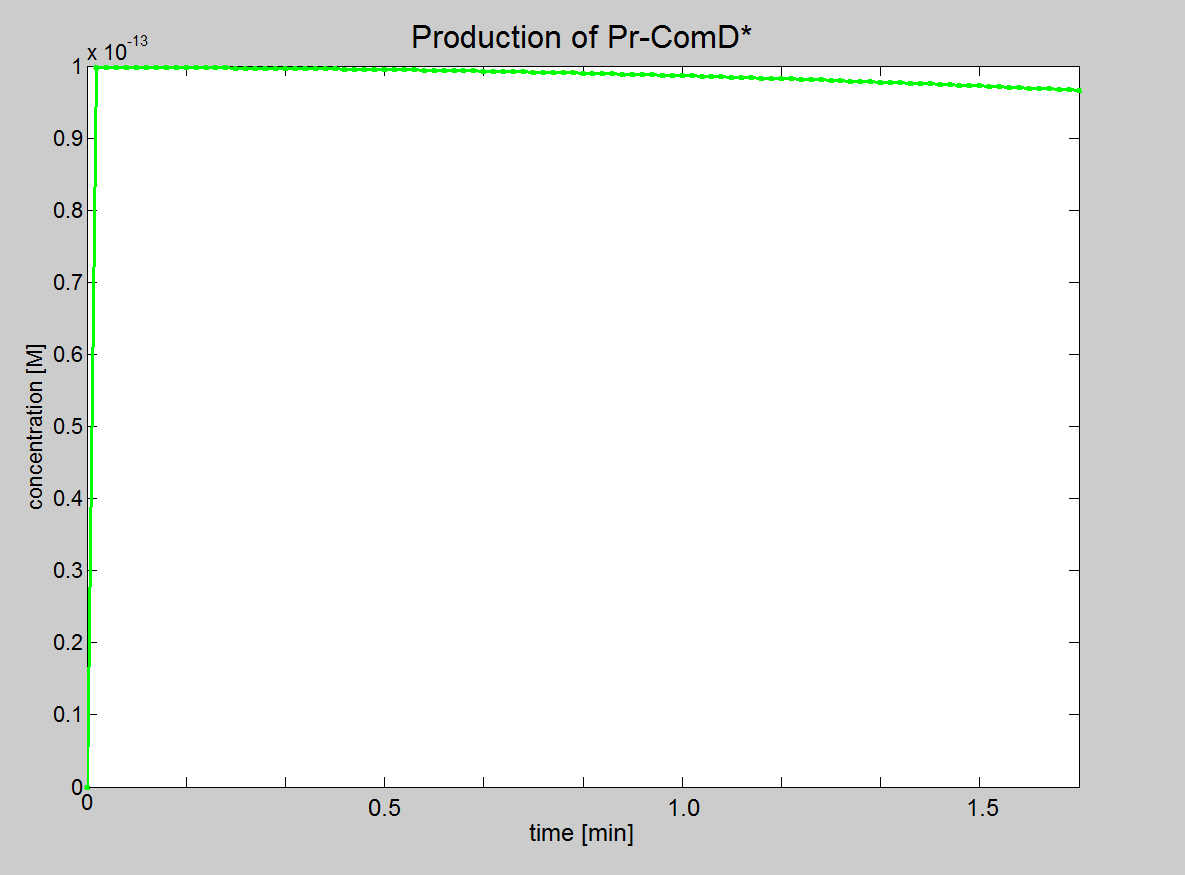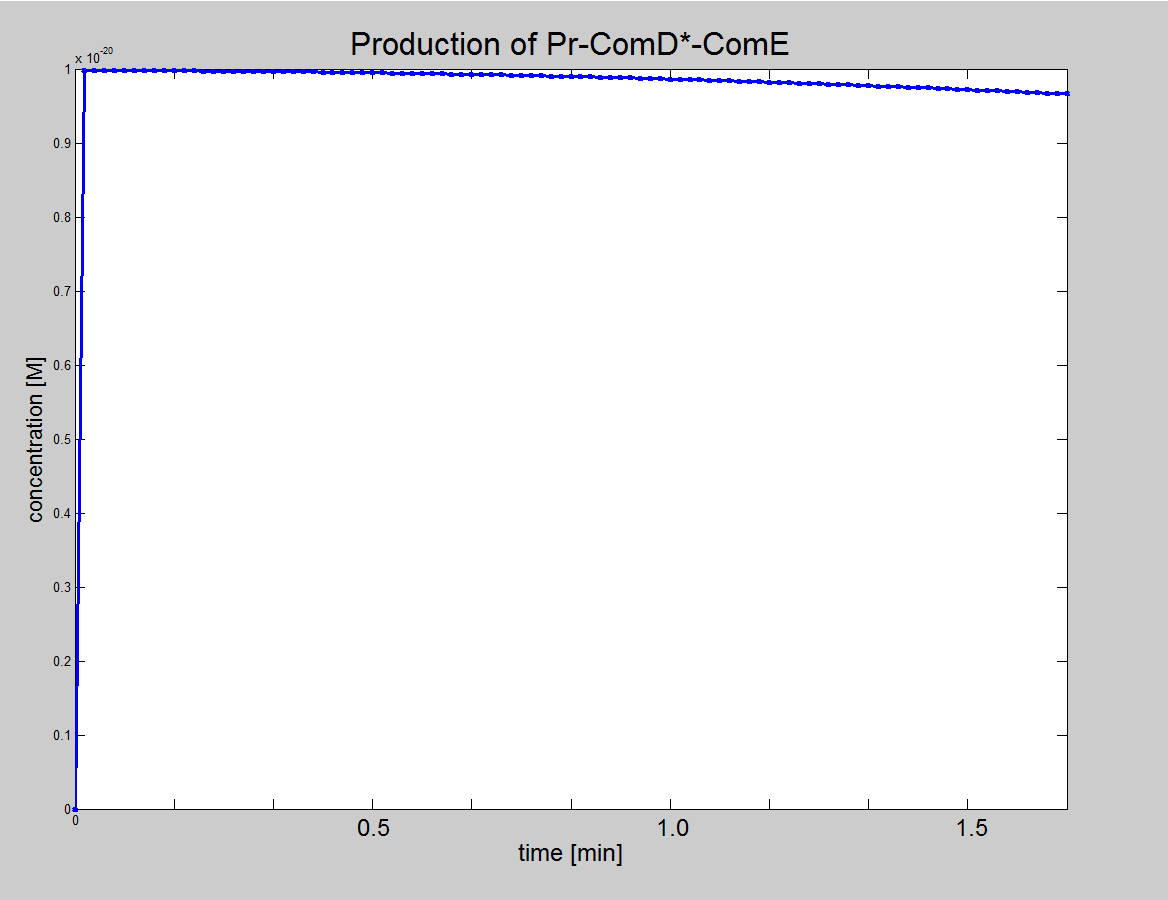Team:Imperial College London/Modelling/Signalling/Results and Conclusion
From 2010.igem.org
(Difference between revisions)
(Menu space fix) |
|||
| (7 intermediate revisions not shown) | |||
| Line 1: | Line 1: | ||
{{:Team:Imperial_College_London/Templates/Header}} | {{:Team:Imperial_College_London/Templates/Header}} | ||
| - | {{:Team:Imperial_College_London/Templates/ | + | {{:Team:Imperial_College_London/Templates/ModellingHeaderS}} |
{{:Team:Imperial_College_London/Templates/ModellingSignallingHeader}} | {{:Team:Imperial_College_London/Templates/ModellingSignallingHeader}} | ||
{| style="width:900px;background:#f5f5f5;text-align:justify;font-family: helvetica, arial, sans-serif;color:#555555;margin-top:5px;" cellspacing="20" | {| style="width:900px;background:#f5f5f5;text-align:justify;font-family: helvetica, arial, sans-serif;color:#555555;margin-top:5px;" cellspacing="20" | ||
|style="font-family: helvetica, arial, sans-serif;font-size:2em;color:#ea8828;"|Results and Conclusion | |style="font-family: helvetica, arial, sans-serif;font-size:2em;color:#ea8828;"|Results and Conclusion | ||
|- | |- | ||
| - | |Using this model, we can show that the phosphorylated ComE* is proportional to both initial concentration of AIP and ComD. | + | |Using this model, we can show that the phosphorylated, ComE*, is proportional to both initial concentration of AIP and ComD. |
If the initial concentration of AIP or ComD is zero, there is no formation of ComE*. | If the initial concentration of AIP or ComD is zero, there is no formation of ComE*. | ||
We are assuming an initial concentration of Phosphate and ComE of 100nM. | We are assuming an initial concentration of Phosphate and ComE of 100nM. | ||
If we change either [AIP]<html><sub>0</sub></html> or [ComE]<html><sub>0</sub></html>, then the final concentration of ComE* will always tend towards <html>5×10<sup>-11</sup>M</html>. <html>[ComE*]<sub>final</sub></html> will always tend towards this value, unless the initial concentrations of Phosphate and ComE are changed. However, if we increase both [AIP]<html><sub>0</sub></html> and [ComE]<html><sub>0</sub></html> at the same time, then [ComE*]<html><sub>final</sub></html> will be reached much faster (i.e. slope increases). | If we change either [AIP]<html><sub>0</sub></html> or [ComE]<html><sub>0</sub></html>, then the final concentration of ComE* will always tend towards <html>5×10<sup>-11</sup>M</html>. <html>[ComE*]<sub>final</sub></html> will always tend towards this value, unless the initial concentrations of Phosphate and ComE are changed. However, if we increase both [AIP]<html><sub>0</sub></html> and [ComE]<html><sub>0</sub></html> at the same time, then [ComE*]<html><sub>final</sub></html> will be reached much faster (i.e. slope increases). | ||
| - | + | |- | |
| - | <div ALIGN=CENTER> | + | |'''Equation:''' AIP-ComD*-ComE <html>↔</html> AIP-ComD + ComE* |
| + | |- | ||
| + | |<div ALIGN=CENTER> | ||
{| style="background:#e7e7e7;text-align:center;font-family: helvetica, arial, sans-serif;color:#555555;margin- top:5px;padding: 2px;" cellspacing="5"; | {| style="background:#e7e7e7;text-align:center;font-family: helvetica, arial, sans-serif;color:#555555;margin- top:5px;padding: 2px;" cellspacing="5"; | ||
|- | |- | ||
|[[Image:IC_Signalling_Results1.png|450px]] | |[[Image:IC_Signalling_Results1.png|450px]] | ||
|- | |- | ||
| - | |Graph showing how [ComE]<html><sub>final</sub> eventually reaches the value 5×10<sup>-11</sup>M</html>. | + | |Graph showing how [ComE*]<html><sub>final</sub> eventually reaches the value 5×10<sup>-11</sup>M</html>. |
|} | |} | ||
</div> | </div> | ||
| - | + | |- | |
| - | <div ALIGN=CENTER> | + | |<div ALIGN=CENTER> |
{| style="background:#e7e7e7;text-align:center;font-family: helvetica, arial, sans-serif;color:#555555;margin- top:5px;padding: 2px;" cellspacing="5"; | {| style="background:#e7e7e7;text-align:center;font-family: helvetica, arial, sans-serif;color:#555555;margin- top:5px;padding: 2px;" cellspacing="5"; | ||
|- | |- | ||
|[[Image:IC_Signalling_Results2.png|270px]] [[Image:IC_Signalling_Results3.png|270px]] [[Image:IC_Signalling_Results4.png|260px]] | |[[Image:IC_Signalling_Results2.png|270px]] [[Image:IC_Signalling_Results3.png|270px]] [[Image:IC_Signalling_Results4.png|260px]] | ||
|- | |- | ||
| - | |1. Graph showing the production of Pr-ComD complex. 2. Graph showing the production of phosphorylated Pr-ComD* complex. 3. Graph showing the production of Pr-ComD*-ComE complex. Notice the steep increase of concentration for each of | + | |'''1.''' Graph showing the production of Pr-ComD complex. (Equation 1: AIP + ComD <html>↔</html> AIP-ComD). |
| + | |- | ||
| + | |'''2.''' Graph showing the production of phosphorylated Pr-ComD* complex. (Equation 2: AIP-ComD + Phosphate <html>↔</html> AIP-ComD*). | ||
| + | |- | ||
| + | |'''3.''' Graph showing the production of Pr-ComD*-ComE complex. (Equation 3: AIP-ComD* + ComE <html>↔</html> AIP-ComD*-ComE. | ||
| + | |- | ||
| + | |Notice the steep increase of concentration for each of the graphs, which could be due to high k<html><sub>1,2,3</sub></html> values. | ||
|} | |} | ||
</div> | </div> | ||
| + | |- | ||
| + | |style="font-family: helvetica, arial, sans-serif;font-size:2em;color:#ea8828;" align="right"|[[Team:Imperial_College_London/Modelling/Signalling/Parameters_and_Constants | Click here for the constants of this model...]] | ||
|} | |} | ||
Latest revision as of 03:12, 28 October 2010
| Modelling | Overview | Detection Model | Signaling Model | Fast Response Model | Interactions |
| A major part of the project consisted of modelling each module. This enabled us to decide which ideas we should implement. Look at the Fast Response page for a great example of how modelling has made a major impact on our design! | |
| Objectives | Description | Results | Constants | MATLAB Code |
| Results and Conclusion |
| Using this model, we can show that the phosphorylated, ComE*, is proportional to both initial concentration of AIP and ComD.
If the initial concentration of AIP or ComD is zero, there is no formation of ComE*. We are assuming an initial concentration of Phosphate and ComE of 100nM. If we change either [AIP]0 or [ComE]0, then the final concentration of ComE* will always tend towards 5×10-11M. [ComE*]final will always tend towards this value, unless the initial concentrations of Phosphate and ComE are changed. However, if we increase both [AIP]0 and [ComE]0 at the same time, then [ComE*]final will be reached much faster (i.e. slope increases). |
| Equation: AIP-ComD*-ComE ↔ AIP-ComD + ComE* |
| Click here for the constants of this model... |
 "
"







